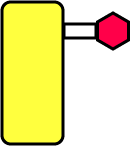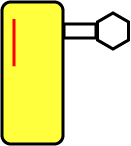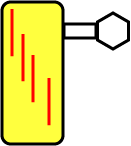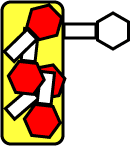|
Many bacteria secrete enzymes that degrade proteins, nucleic acids, and fats into smaller molecules that can be taken up by bacteria (bacteria have molecular pumps that can concentrate these small molecules even when present in the environment in very low concentrations).
In other cases the bacteria is in an environment where another organism provides the enzymes, e.g. the gut.
|
|
|
|
All cells contain enzymes that degrade proteins, fats, etc. In the life of a cell almost all molecules have a finite life time for optimal function. Enzymes in the cell then degrade the molecules and the smaller molecular fragments are reused to make new large molecules. This turnover process is under strict control, it's not just random chaos. However, when cells die or are injured, these enzymes are no longer under control, they become active and digest the cell. At the level of the whole organism, a level we can see without a microscope, dead plants and animals degrade themselves producing a soup of small molecles than can be used by bacteria.
All organisms live in association with bacteria, e.g. humans have bacteria on their skin, in their mouth and lungs, and throughout the digestive system. When we die our skin and endothelial cells quickly loose the ability to keep these bacteria out and we are consumed by them. That is the end and beginning of life.
|
|
|









